Description
Nagaland, a picturesque state in northeastern India, is renowned for its rich cultural diversity and vibrant traditions. Among the many cultural elements that define the identity of Nagaland, the Mekhla Saree stands out as a symbol of grace, heritage, and ethnic pride. This elegant and versatile attire has not only been a traditional garment for Naga women but also a reflection of the unique and intricate weaving traditions of the region. In this exploration of the Mekhla Saree in Nagaland, we will delve into its history, significance, weaving techniques, and the enduring charm that makes it a beloved choice for women in the state.
A Glimpse into Naga Culture:
Nagaland is home to numerous indigenous tribes, each with its distinct traditions and customs. These tribes have a rich history of textile weaving, and the Mekhla Saree is a striking example of their weaving expertise. The Naga people have long considered weaving as an essential part of their culture, with each tribe having its unique designs and patterns.
The Mekhla Saree: A Time-Honored Attire:
The Mekhla Saree, also known as the Mekhela Chador, is a traditional two-piece attire worn by women in Nagaland. It is composed of a Mekhela, which is the lower garment, and a Chador, the upper part that drapes over the shoulders. This ensemble showcases the craftsmanship of Naga weavers and is a testament to the weaving traditions passed down through generations.
Weaving Techniques and Materials:
The Mekhla Saree is typically woven using indigenous materials and techniques, highlighting the cultural diversity of Nagaland. Some key features of the weaving process include:
- Natural Fibers: Naga weavers often use natural fibers like cotton and silk for crafting the Mekhla Saree. These fibers are known for their comfort, breathability, and adaptability to Nagaland’s climate.
- Intricate Designs: Naga weavers employ a variety of designs and motifs, often inspired by nature, animals, and tribal symbols. Each tribe has its distinct designs, and these patterns are meticulously woven into the fabric.
- Handloom Weaving: Weaving the Mekhla Saree is a labor-intensive process that involves handlooms and traditional techniques. The weavers use their skill and precision to create the fine patterns that adorn the fabric.
Cultural Significance:
The Mekhla Saree is deeply intertwined with the cultural of Nagaland. It is more than just clothing; it is a symbol of tradition, identity, and pride. The Mekhla Saree is often worn during cultural events, festivals, and ceremonies, where it signifies a connection to the wearer’s tribal roots and the preservation of age-old customs.
Versatility in Design:
While traditional designs are prevalent, contemporary Mekhla Sarees often incorporate modern elements to cater to evolving fashion trends. Women have the freedom to choose from a wide range of designs and colors, allowing them to express their style while still embracing their cultural heritage.
Mekhla Saree for Special Occasions:
The Mekhla Saree is a favored choice for special occasions and celebrations in Nagaland. It is commonly worn during festivals, weddings, and cultural events. Adorned with traditional jewelry and accessories, the Mekhla Saree transforms women into embodiments of grace and cultural pride. These occasions are an opportunity to display the intricate handwoven patterns and the diversity Textile of Nagaland
Everyday Elegance:
Beyond special events, the Mekhla Saree is also suitable for everyday wear. The comfort and breathability of the fabric make it a practical choice for Nagaland’s climate. Women can be seen going about their daily routines, whether at home, in the fields, or the community, donning the Mekhla Saree with grace and ease.
Reviving and Preserving Traditions:
The art of Naga weaving has faced challenges over the years, including a decline in weaver communities. However, there is a renewed effort to revive and preserve these rich traditions. Organizations, cooperatives, and artisans are working to promote Naga textiles, support local weavers, and ensure the continued production and appreciation of the Mekhla Saree.
Conclusion:
The Mekhla Saree in Nagaland is more than a garment; it is a living piece of Naga culture and heritage. Its history, weaving techniques, and cultural significance make it a unique and cherished attire. The Mekhla Saree beautifully represents the fusion of tradition and modernity, allowing women to celebrate their heritage while embracing the elegance of this timeless ensemble. Whether for special occasions or everyday life, the Mekhla Saree is a symbol of grace, identity, and the enduring charm of Naga traditions.

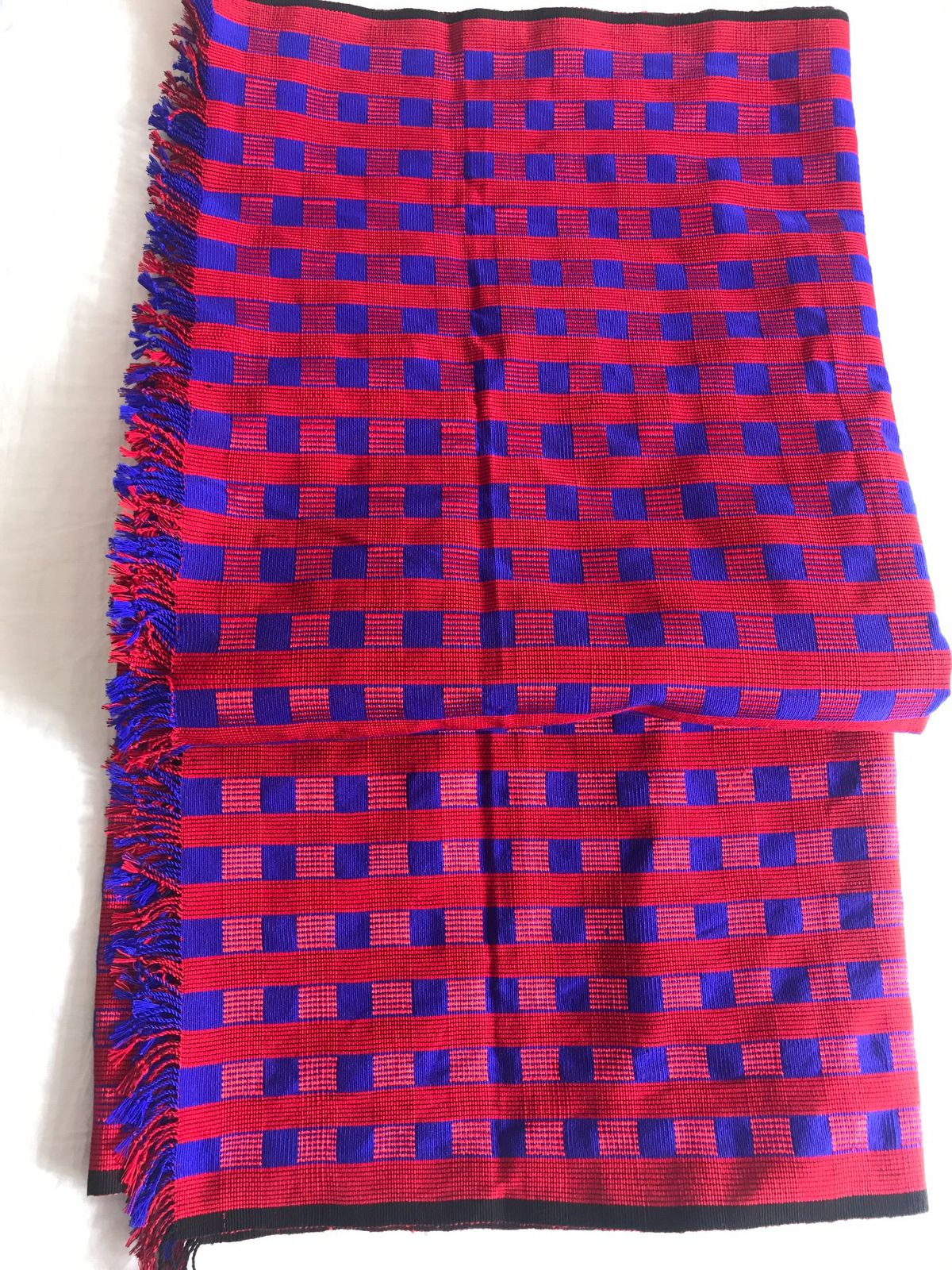
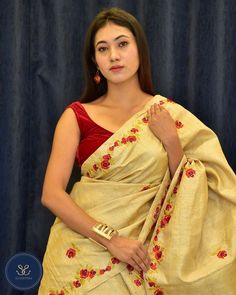
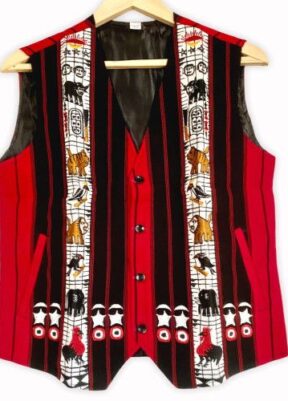

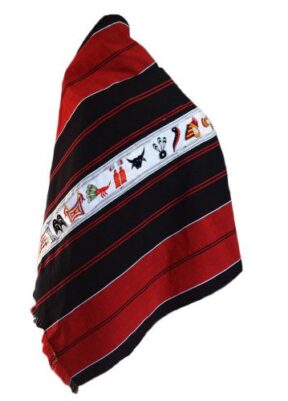
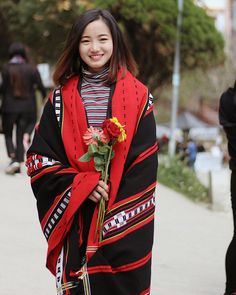
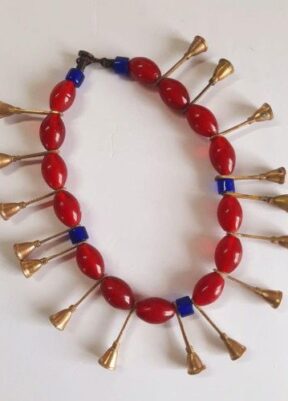
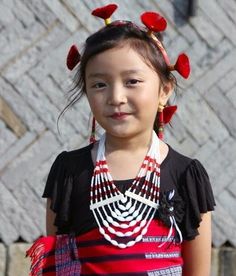
Reviews
There are no reviews yet.